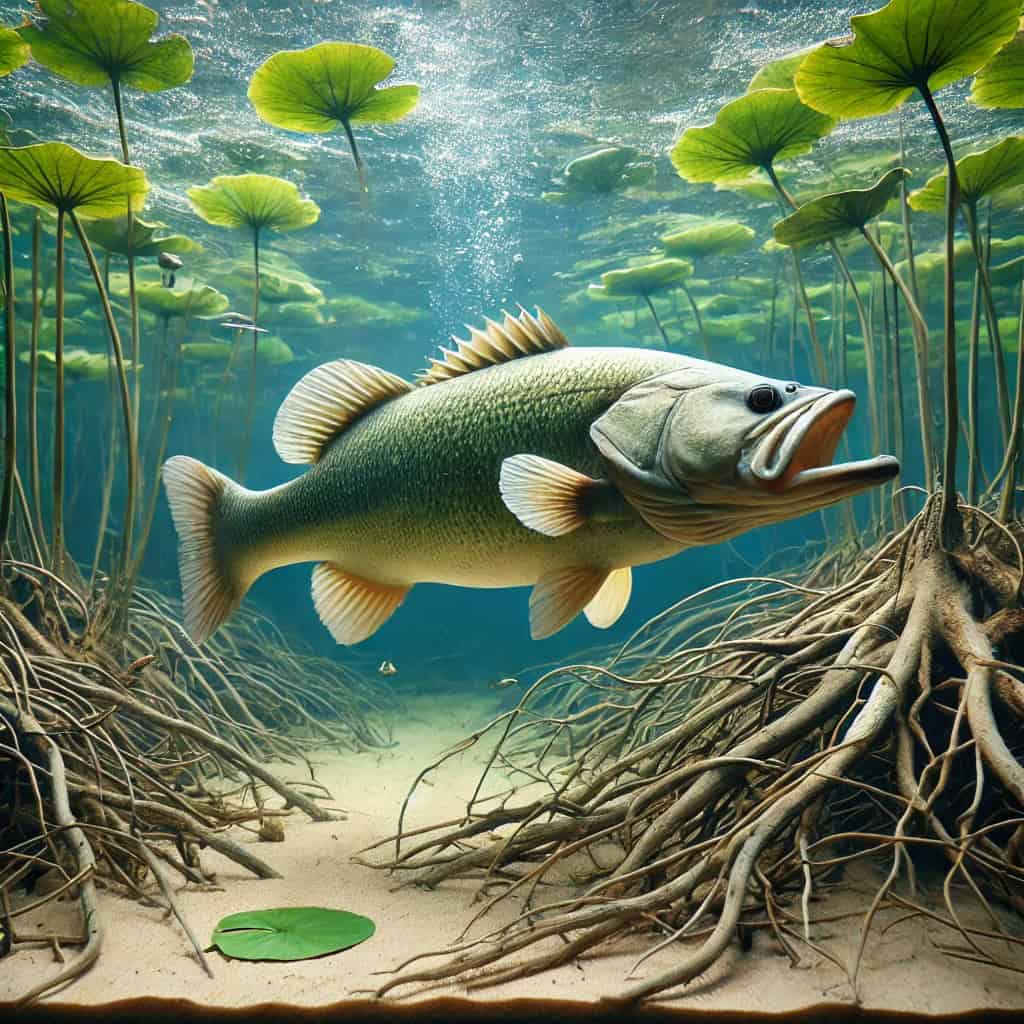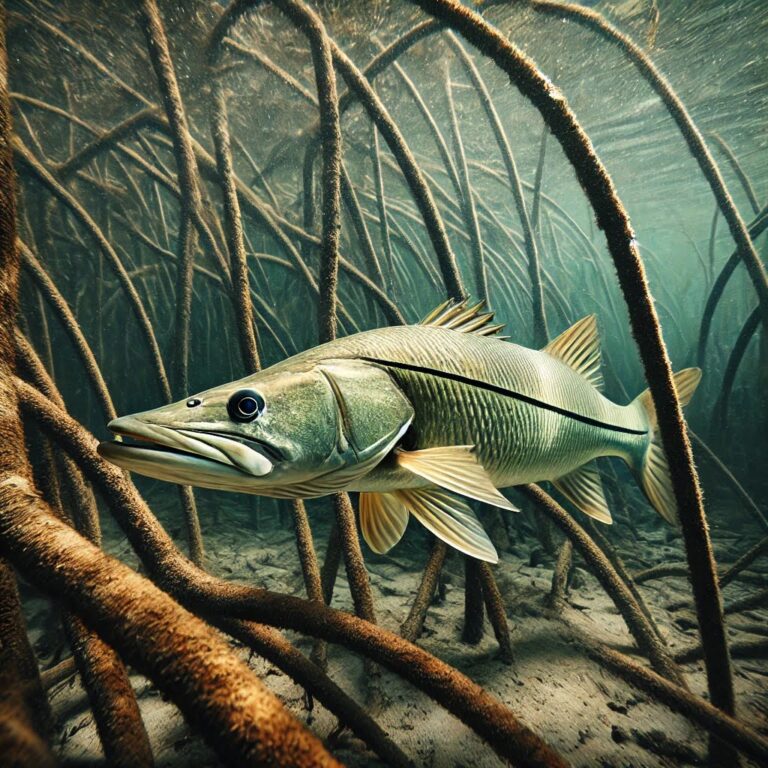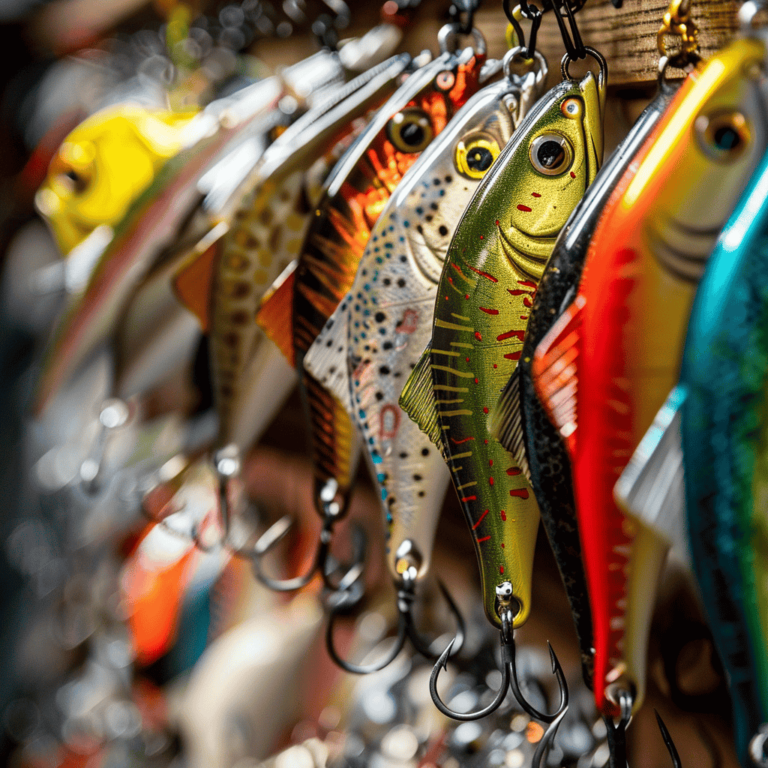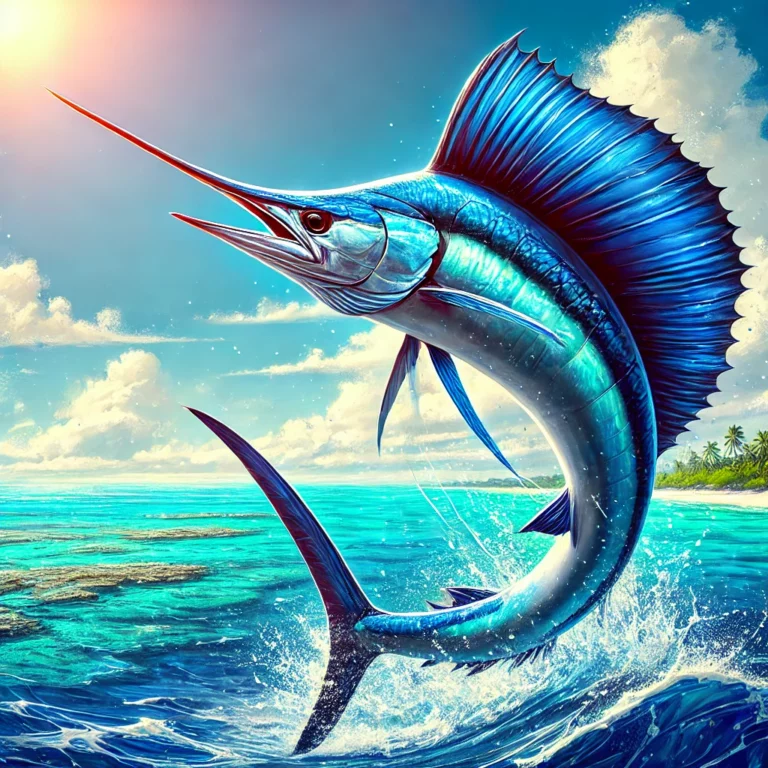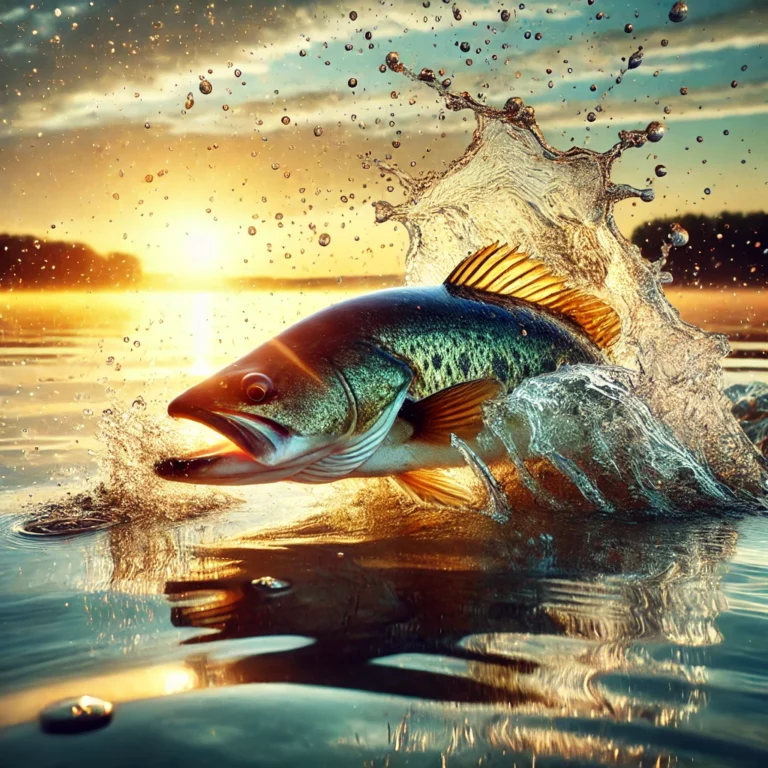5 Best Bass Lures for Fishing in Heavy Cover
Heavy cover presents challenges and an opportunities when fishing for bass.
In this comprehensive guide, we’ll explore the 5 best bass lures for fishing in heavy cover, detailing why they are effective and how to use them to maximize your catch.
The 5 Best Bass Lures
Thick vegetation, submerged structures, and dense brush can be a haven for bass, offering them shelter and abundant food.
However, fishing in these conditions requires the right lures to effectively penetrate the cover and entice strikes.
1. Texas-Rigged Soft Plastics
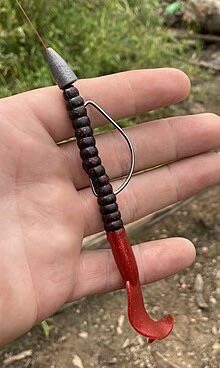
Why They Work: Texas-rigged soft plastics are incredibly effective in heavy cover due to their weedless design.
The hook is embedded in the body of the bait, reducing the chance of snagging on vegetation or other underwater obstacles.
This rig allows anglers to work through dense cover with minimal risk of getting hung up, making it a go-to choice for many bass anglers.
Types of Soft Plastics:
• Worms: Classic and versatile, worms come in various lengths and styles, from straight-tail to ribbon-tail. They mimic the natural movement of prey in the water.
• Creature Baits: Designed to resemble crawfish, lizards, and other creatures, these baits are highly effective in triggering aggressive strikes from bass.
• Craws: Imitating the look and movement of a crawfish, craw baits are perfect for dragging along the bottom or hopping through cover.
How to Fish Them: To fish Texas-rigged soft plastics, cast your lure into heavy cover and let it sink to the bottom.
Use a slow, steady retrieve with occasional twitches to mimic the movement of prey.
The weedless design allows you to work through vegetation and brush without snagging, making it ideal for probing thick cover where bass like to hide.
2. Jigs
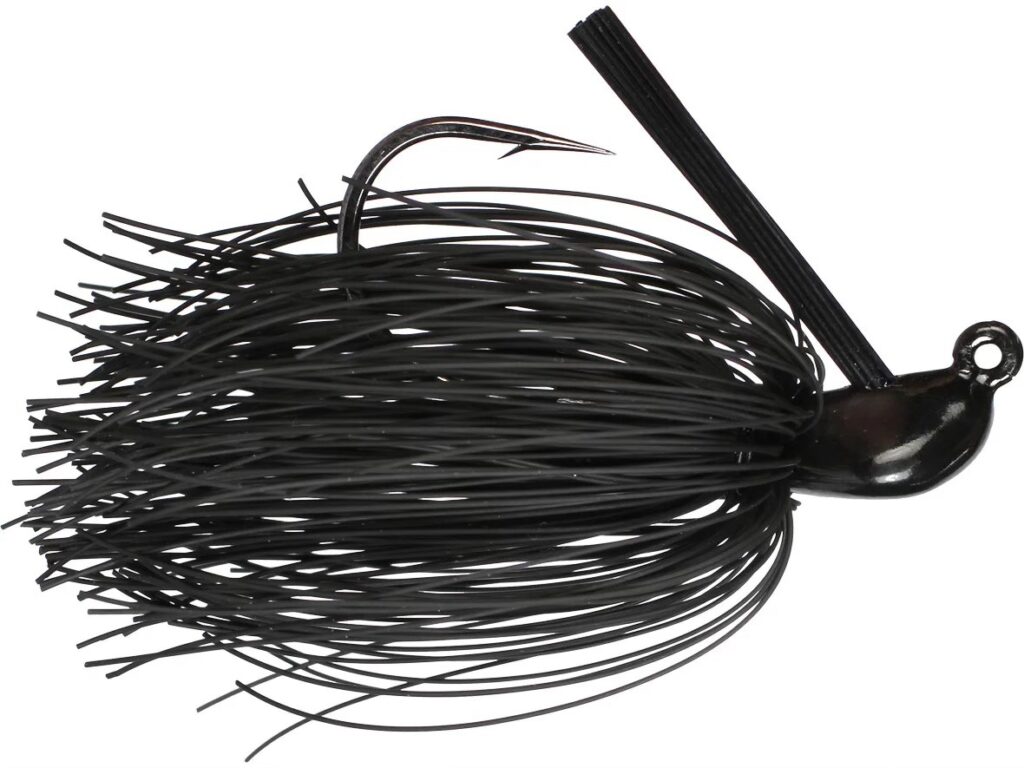
Why They Work: Jigs are another top choice for fishing in heavy cover due to their versatility and effectiveness in mimicking various prey. The weed guard on jigs helps prevent snagging, allowing anglers to fish confidently in dense vegetation and around structures.
Types of Jigs:
• Flipping Jigs: Designed for pitching and flipping into heavy cover, these jigs have a compact design and a strong weed guard.
• Football Jigs: Featuring a football-shaped head, these jigs are excellent for dragging along rocky bottoms and through submerged vegetation.
• Swim Jigs: With a streamlined head and a more subtle action, swim jigs are perfect for swimming through grass and around submerged structures.
How to Fish Them: Jigs can be fished in various ways, depending on the type.
For flipping jigs, pitch or flip your lure into heavy cover and let it sink to the bottom.
Use short, sharp hops to imitate the movement of a crawfish or other bottom-dwelling prey.
For swim jigs, use a steady retrieve with occasional pauses to mimic a swimming baitfish.
Adjust your retrieve speed and jigging action based on the activity level of the bass and the density of the cover.
3. Spinnerbaits
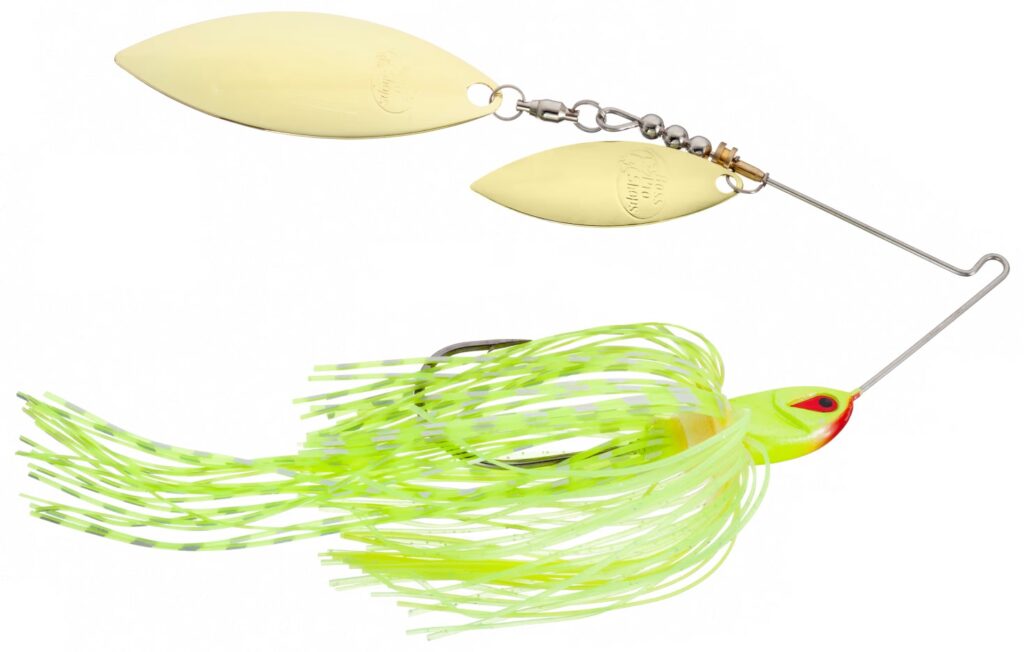
Why They Work: Spinnerbaits are highly effective in heavy cover because their unique design allows them to deflect off obstacles and navigate through vegetation without snagging.
The spinning blades create flash and vibration, attracting bass from a distance and triggering strikes.
Types of Spinnerbaits:
• Willow Blade: Featuring long, slender blades, willow blade spinnerbaits produce a lot of flash and work well in clear water and around submerged vegetation.
• Colorado Blade: With a round, cupped blade, Colorado blade spinnerbaits create significant vibration and are ideal for murky water and thick cover.
• Indiana Blade: A hybrid between willow and Colorado blades, Indiana blade spinnerbaits offer a balance of flash and vibration, making them versatile for various conditions.
How to Fish Them: Cast your spinnerbait into or around heavy cover and use a steady retrieve to keep the blades spinning and creating flash and vibration.
You can also vary your retrieve speed and add occasional pauses to mimic the erratic movement of a fleeing baitfish.
The design of spinnerbaits allows them to bump off obstacles and weave through vegetation, making them an excellent choice for fishing in dense cover.
4. Frogs

Why They Work: Frogs are topwater lures that excel in heavy cover, particularly in areas with thick mats of vegetation, lily pads, and other surface structures.
Their weedless design allows them to glide over the surface without getting hung up, enticing explosive strikes from bass lurking below.
Types of Frogs:
• Hollow Body Frogs: Featuring a soft, collapsible body and a weedless design, hollow-body frogs are perfect for working through dense surface vegetation.
• Paddle Tail Frogs: With paddle-like feet that create a commotion on the water’s surface, these frogs are ideal for drawing bass out from heavy cover.
• Buzz Frogs: Designed with a buzzing action, buzz frogs produce noise and surface disturbance, attracting aggressive strikes from bass.
How to Fish Them: Cast your frog into areas with thick surface vegetation and use a steady, slow retrieve to keep it moving across the top.
Occasionally pause to mimic a real frog resting on the water.
The weedless design allows you to work the frog through dense cover without snagging, and the realistic action entices bass to strike from below.
Be patient and wait a moment before setting the hook to ensure the bass has fully taken the lure.
5. Punch Rigs
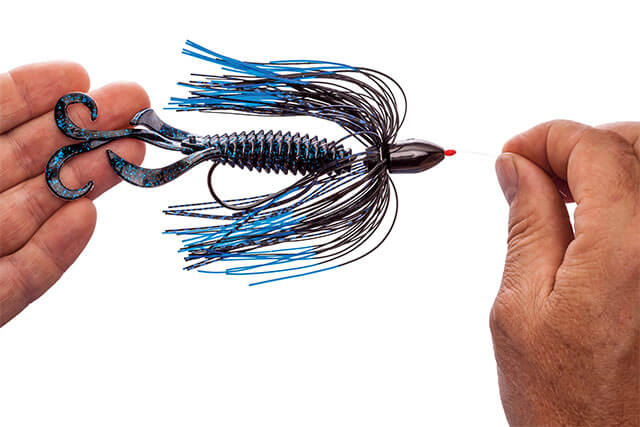
Why They Work: Punch rigs are specifically designed for fishing in the thickest of cover, such as matted vegetation and heavy brush.
This rig consists of a heavyweight, typically a tungsten sinker, paired with a soft plastic bait.
The weight punches through the cover, allowing the bait to reach the bass hiding below.
Types of Punch Rigs:
• Standard Punch Rigs: These rigs feature a heavy tungsten weight, a hook, and a soft plastic bait such as a craw or creature bait.
• Punch Skirts: Adding a skirt to the punch rig creates additional movement and appeal, mimicking the look of a jig and attracting more attention from the bass.
How to Fish Them: To fish a punch rig, cast your lure directly onto thick mats of vegetation or into dense brush.
Allow the heavyweight to punch through the cover and reach the bass below. Use a slow, vertical jigging motion to mimic the movement of prey.
The heavyweight ensures the bait penetrates the cover, while the soft plastic bait entices bass to strike.
This technique is highly effective for targeting bass that are buried deep in thick cover.
Conclusion
Fishing for bass in heavy cover can be a daunting task, but with the right lures, it becomes an exciting and rewarding challenge.
The Texas-rigged soft plastics, jigs, spinnerbaits, frogs, and punch rigs each offer unique advantages that make them ideal for penetrating dense vegetation and submerged structures where bass like to hide.
By incorporating these lures into your fishing arsenal and mastering their use, you can increase your catch rate and enjoy more successful bass fishing adventures in heavy cover.
Hit the water with these top-performing lures and get ready to tackle the thickest cover with confidence.
Tight lines and happy bass fishing!


